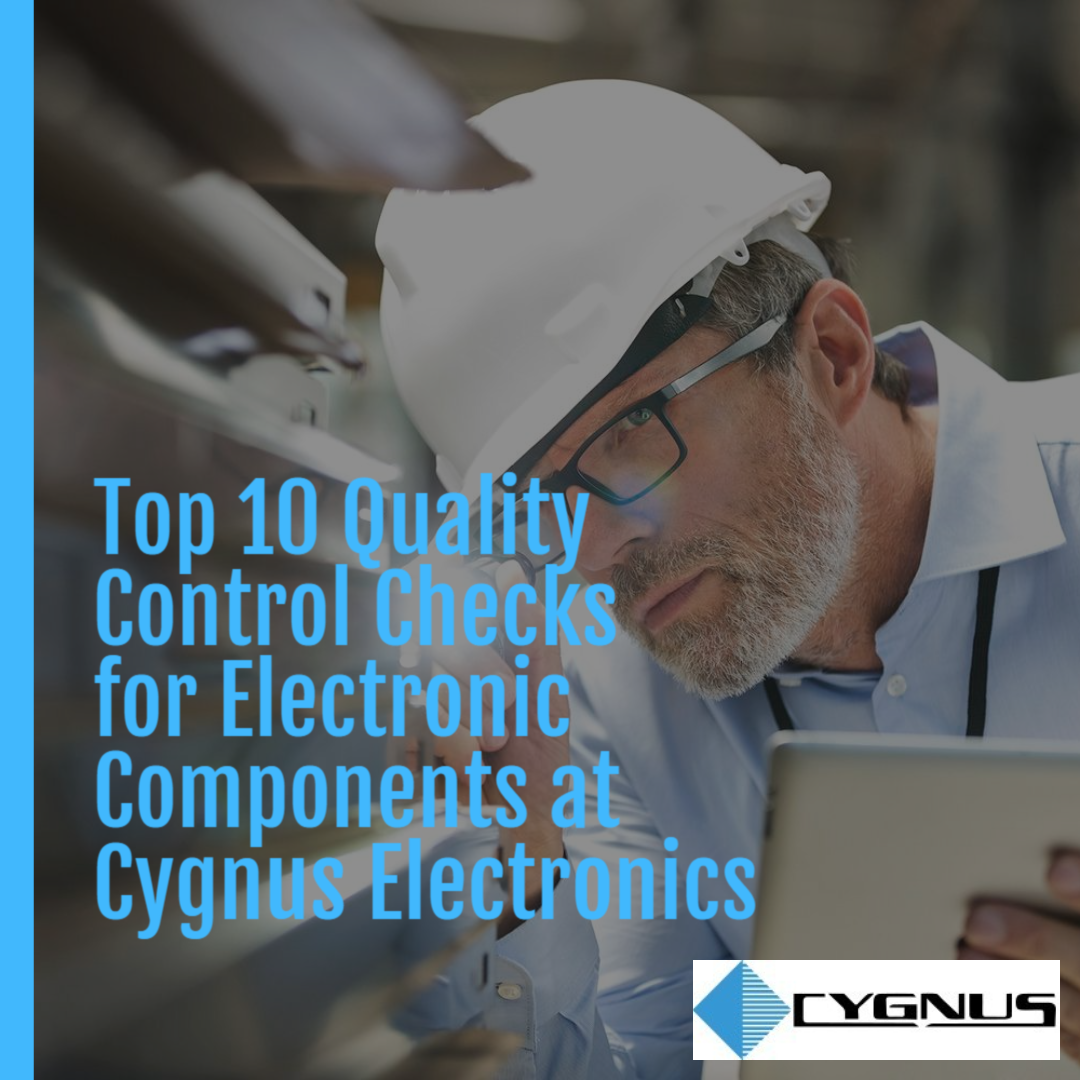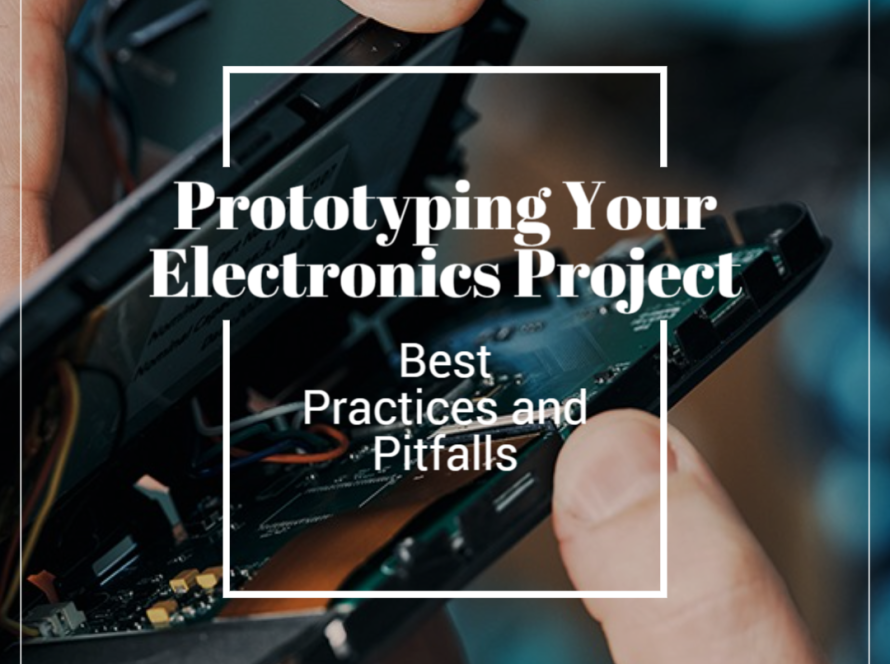Top 10 Quality Control Checks for Electronic Components at Cygnus Electronics
In the precision-demanding field of electronics manufacturing, quality control (QC) is the linchpin that ensures product reliability, customer satisfaction, and industry compliance. At Cygnus Electronics, our dedication to maintaining the highest standards is reflected in our stringent quality control procedures. Here, we detail the top 10 quality control checks integral to our manufacturing process, ensuring that every component we produce is synonymous with excellence.
1. Material Inspection
Before production even begins, we meticulously inspect all materials. This preliminary check ensures that the components and materials meet the necessary specifications and are free from defects. It’s our first line of defense in the QC process, setting the stage for superior end products.
2. Solder Paste Inspection
Solder paste application is critical in PCB assembly. We employ automated optical inspection (AOI) systems to check solder paste deposits for volume, shape, and alignment. This early intervention prevents soldering faults that could compromise the functionality of the PCB.
3. Automated Optical Inspection (AOI)
After solder paste application and component placement, our boards undergo AOI. This process uses high-resolution cameras to detect a variety of potential issues, including missing components, misalignments, and soldering defects.
4. X-Ray Inspection
For components that are not visible to the naked eye or AOI, such as Ball Grid Array (BGA) packages, we utilize X-ray inspection. This allows us to ensure the integrity of hidden solder joints and internal component structures.
5. In-Circuit Testing (ICT)
ICT is a thorough method of testing the electrical performance of a PCB. By checking for shorts, opens, resistance, capacitance, and other electrical parameters, we confirm that each circuit functions as intended.
6. Functional Testing
Perhaps the most crucial of all checks, functional testing involves simulating the operational environment of the PCB to confirm it performs as designed. This real-world test is the ultimate demonstration of a component’s readiness for the market.
7. Burn-In Testing
Cygnus Electronics employs burn-in testing to stress-test our components under high-temperature, powered conditions for extended periods. This accelerates the aging process and helps identify early failures to ensure long-term reliability.
8. Thermal Cycling
Thermal cycling exposes components to multiple cycles of extreme temperatures to identify potential failures caused by thermal stresses. It’s an essential test for components used in environments with fluctuating temperatures.
9. Final Visual Inspection
Even with automated systems, the trained human eye is invaluable. Our skilled technicians perform a final visual inspection to catch any anomalies that machines might miss, ensuring that our products not only function perfectly but also meet our aesthetic standards.
10. Packaging and Shipping Inspection
The last quality check before our products leave the facility is the packaging and shipping inspection. We ensure that the packaging is secure and that each order includes the correct components and quantities, guaranteeing that products arrive at their destination in perfect condition.
At Cygnus Electronics, these top 10 quality control checks are integral to our commitment to excellence. They are not just individual steps but are parts of a holistic process that ensures the electronics components we produce stand up to the demands of usage, satisfy our customers, and lead the industry in quality standards. With Cygnus Electronics, you can trust that meticulous care and expert oversight go into every product, from inception to delivery.
By sharing our QC procedures, we aim to not only affirm our dedication to quality but also to empower our customers with the knowledge of our comprehensive quality assurance practices.




